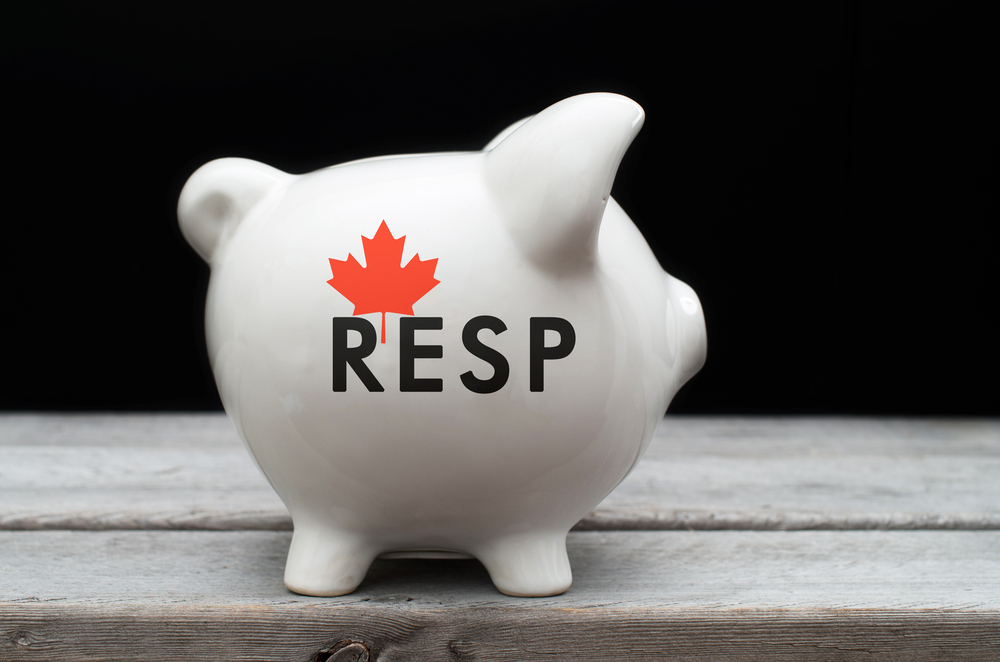The article “RESP Investing For Your Teenager” was originally published in MoneySense on June 28, 2016.
Karl is wondering if he made a mistake buying a corporate bond ETF for his teen’s education savings.
Q: My daughter is going off to university in 4 years. Half of her RESP is in a two-year GIC while 25% is in dividend ETFs and 25% is in a corporate bond ETF (a recent transaction).
Did I make a boo-boo going with the corporate bond ETF?
—Karl
A: DIY investing is so much easier during the accumulation phase. When you actually need the money, it gets tricky.
RESPs are probably the hardest accounts to manage. At least with an RRSP, your withdrawals tend to be small relative to the whole account—sometimes barely dipping into capital.
RESPs are generally depleted within four years or less, so they get difficult to manage in the years approaching post-secondary education and during the years your child is attending school.
Bond ETFs are not without risk, Karl. They can fall when interest rates rise, but I don’t think the risk of rates rising is very high in the next few years. Corporate bond ETFs have the added risk of exposure to corporate credit risk. Corporate bonds aren’t like government bonds or GICs in that your principal isn’t guaranteed, especially if you’re in a high-yield ETF invested in bonds with lower credit quality and a higher risk of default.
Assuming you are in a plain vanilla corporate bond ETF, high-quality Canadian corporate bonds are generally yielding around 2.5% currently. Embedded management expense ratios (MERs) are generally about 0.5%, so your net yield may be about 2%.
Is this a bad investment? Bad is relative. The risk is higher than your two-year GIC and lower than your dividend ETFs, so I’d worry more about the investments at the extremes than I would about your corporate bonds.
That said, earning 2% on a corporate bond ETF that is subject to interest rate and credit risk may be a bad investment relative to some RESP-eligible GICs yielding over 2% currently. Fixed income is a tough asset class in this artificially low interest rate environment, Karl.
Your 25% stock exposure through your dividend ETFs may not be inappropriate given a time horizon of four to eight years for your withdrawals, since your daughter starts school in four years. I often come across RESPs invested 100% in stocks as children are approaching or into their post-secondary years and you’d hate to have to sell stocks to fund education costs in a down market.
So was your corporate bond ETF purchase a mistake, Karl? Not at first glance. Consider it relative to your other RESP holdings. It’s a medium risk holding in a low risk portfolio. And in retrospect, it’s been a better option than stocks given the past month has not been a good one for the markets. In time, your stock exposure should be reduced as your daughter approaches the end of high school and it may be more appropriate that your corporate bonds become the riskiest holding in your portfolio.
Jason Heath is a fee-only, advice-only Certified Financial Planner (CFP) at Objective Financial Partners Inc. in Toronto, Ontario. He does not sell any financial products whatsoever.

